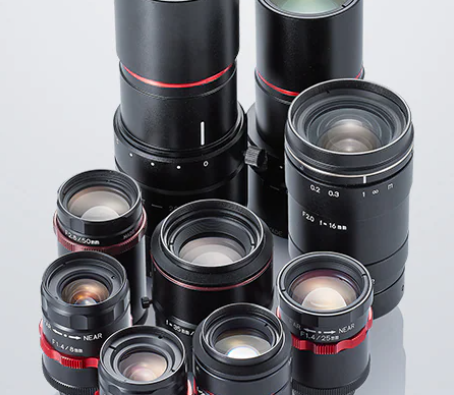
Multispectral and hyperspectral imaging have emerged as transformative tools, once limited to advanced research, and are now fueling innovation across industries. These technologies provide in-depth analysis beyond what the human eye or traditional cameras can detect, revealing critical information about materials, environments, and biological tissues. As their capabilities evolve, they are becoming indispensable in addressing complex global issues, from environmental resilience to public safety.
Current Industry Use Cases
Across sectors like manufacturing, agriculture, and healthcare, these imaging techniques are redefining standards of precision and performance.
In manufacturing, hyperspectral imaging enables high-accuracy quality checks by detecting subtle variations in product composition. Even minute defects invisible to standard systems can be identified and addressed, improving consistency and reducing waste.
In medicine, non-invasive diagnostic tools based on spectral imaging allow clinicians to examine tissue composition, helping detect abnormalities early. This leads to faster diagnoses and more effective treatment planning.
In agriculture, farmers benefit from insights into plant health and soil conditions, enabling targeted interventions that boost productivity while minimizing resource use.
Emerging Applications Driving Innovation
As spectral imaging becomes more sophisticated and widely available, its reach is expanding into fields that benefit from precise, real-time data interpretation.
Environmental Management
These imaging systems offer detailed observations of vegetation health, water quality, and land use. They’re instrumental in tracking ecosystem changes, guiding conservation efforts, and shaping climate adaptation strategies through accurate, high-resolution data.
National Security and Surveillance
In security operations, spectral imaging improves the detection of concealed materials and objects that traditional surveillance might miss. It enhances situational awareness in critical zones, supporting faster, data-backed decision-making and response strategies.
Autonomous Navigation Systems
For self-driving vehicles, navigating complex and dynamic environments demands more than just visible-light imaging. Multispectral and hyperspectral sensors help interpret road conditions, identify hazards, and read signage in varying light conditions, improving safety and reliability.
Urban Infrastructure and Planning
Municipalities use these imaging tools to analyze structural conditions, detect areas prone to deterioration, and prioritize repairs. In urban planning, the detailed spatial data supports more sustainable development and resource allocation, forming the foundation for smart city initiatives.
Cultural and Historical Preservation
In the realm of art and archaeology, non-invasive imaging methods uncover hidden layers of paintings, detect material aging, and support the preservation of ancient artifacts. These insights help conservators restore and maintain cultural treasures with greater sensitivity and accuracy.
Mining and Resource Exploration
Hyperspectral imaging streamlines mineral exploration by identifying ore compositions from a distance, reducing environmental disturbance and operational costs. During extraction, it supports efficient resource use while monitoring ecological impact, aiding more sustainable mining practices.
Broader Technological Integration
Spectral imaging is also gaining traction in niche areas like semiconductor inspection, chemical identification, and laser profiling. With shrinking hardware costs and increased software capabilities, more industries are adopting these systems as practical tools for real-time diagnostics and automation.
Looking Ahead
As multispectral and hyperspectral technologies become more compact, affordable, and adaptable, their influence will continue to expand. These imaging systems are more than just visual tools—they are becoming central to smarter operations and informed decision-making across sectors. Paired with advancements in machine vision and optics, including high-performance lenses tailored for these technologies, the future points toward richer, more insightful visual data shaping how we understand and interact with the world around us.












